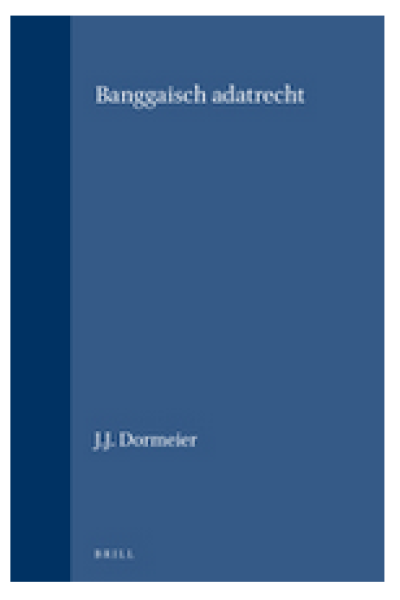Author
Moyle; Helen
Year
2020
Publisher
ANU Press
Type
BOOK
Category
Fertility, Human
Language
English
Pages
294
ISBN
978-1-76046-336-6
Last Update
04-Nov-2024
Keywords
History ; Feminist & Women's Studies
Related
See More
Deployment Experiences of Guard and Reserve Families

Curaçao in the Age of Revolutions, 1795-1800

Banggaisch adatrecht,

Handbook of Direct Democracy in Central and Eastern Europe after 1989

Emerging Market Economies and Financial Globalization

Die schreibenden Arbeiter der DDR